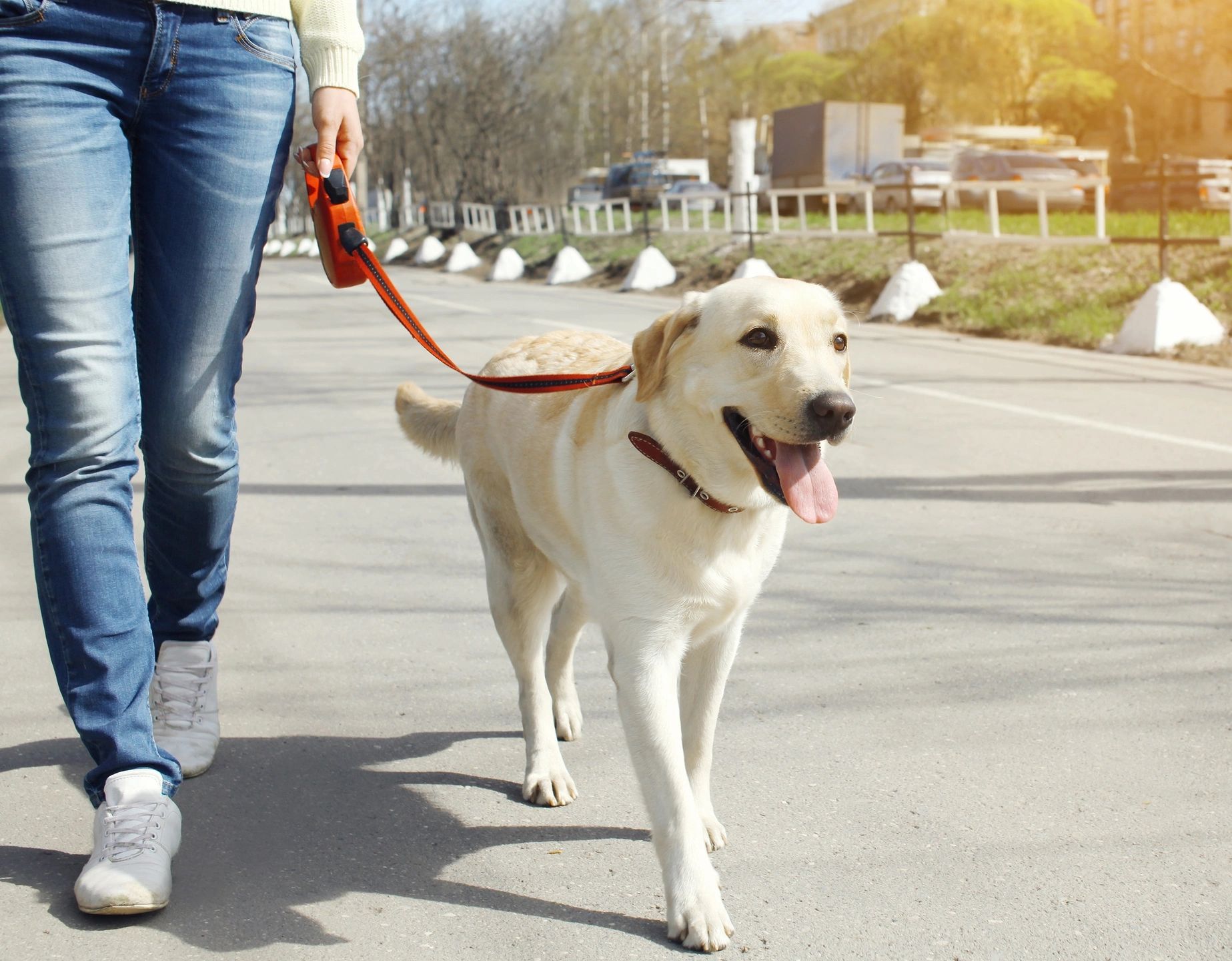Dogs are incredible creatures with complex behaviors shaped by their evolution and interactions with humans. As responsible pet owners, it is essential to comprehend their natural instincts and drives to provide them with the best care possible. In this article, we will delve into the various aspects of canine behavior and explore effective training methods that strengthen the bond between you and your fluffy friend.
Socialization: Building a Foundation for Well-Rounded Dogs
Socialization plays a vital role in a dog’s development, particularly during their critical period, which typically spans up to 16 weeks. Introducing your puppy to diverse people, animals, environments, and stimuli helps them become confident and adaptable in different situations. Proper socialization sets the stage for a well-rounded adult dog capable of navigating the world with ease.
Communication: Understanding the Language of Dogs
Dogs possess a unique language of their own, relying on sounds, body movements, and scent marking to communicate with each other and with us. Learning to interpret your dog’s body language, such as tail movements, ear positions, and overall posture, provides valuable insights into their emotional state and needs. By understanding their non-verbal cues, you can foster better communication and strengthen your bond.
Canine Body Language: Decoding the Messages
A crucial aspect of understanding dog behavior is mastering the skill of interpreting their body language. For instance, a tucked tail could indicate fear or anxiety, while a wagging tail accompanied by a relaxed body posture suggests happiness and contentment. By observing and comprehending their body language, you can respond appropriately to their needs and emotions.
Positive Reinforcement Training: Nurturing Trust and Cooperation
Positive reinforcement training is a highly effective method of training that focuses on building a relationship of trust and cooperation between you and your dog. Instead of punishing undesirable behaviors, this approach emphasizes rewarding good behavior. The following training tips will help you establish a positive training environment:
a. Rewards: When your dog exhibits desirable behavior, promptly reward them with treats, praise, and affection. Consistency is key to reinforcing the connection between their actions and the rewards they receive.
b. Clicker Training: Consider using a clicker, a small handheld device that emits a distinct sound, to mark desired behaviors before providing a reward. Clicker training helps dogs understand which actions lead to treats, facilitating faster learning.
c. Consistency and Patience: Training demands consistency, clear commands, and patience. Dogs learn at their own pace, and positive feedback fosters enjoyment in the learning process.
Basic Instructions: Establishing Obedience and Safety
Teaching your dog fundamental commands such as “sit,” “stay,” “come,” and “down” is crucial for their safety and overall obedience. These commands provide the groundwork for effective communication, ensuring your dog understands what is expected of them and can respond appropriately in various situations.
Mental Stimulation: Exercising Their Minds
In addition to physical exercise, mental stimulation is equally important for dogs. Engaging toys, puzzle games, and training activities can help keep their minds occupied and alleviate boredom. Mental stimulation not only prevents behavioral issues but also enhances their overall well-being and happiness.
Seeking Professional Help: Training Resources and Classes
If you encounter difficulties during the training process or desire expert guidance, don’t hesitate to seek assistance from a professional dog trainer or behaviorist. These professionals possess the knowledge and experience to assess your dog’s individual needs and develop a tailored training plan. Group training classes also offer valuable opportunities for your dog to socialize with others while acquiring new skills.
Wrapping It Up
Training your dog is a rewarding and ongoing process that requires patience, consistency, and positive reinforcement. By understanding their innate behaviors, employing effective teaching methods, and seeking professional assistance when needed, you can raise a well-behaved, happy, and balanced companion. Embrace the journey of training and relish the opportunity to forge a strong bond with your fluffy friend. Your efforts will undoubtedly lead to a fulfilling relationship and a harmonious life together.

